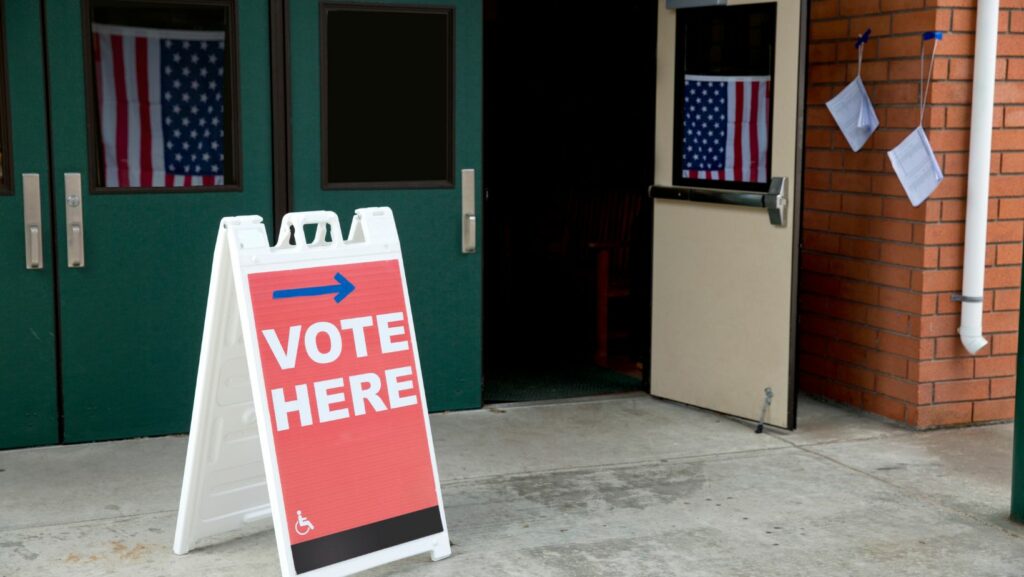Wisconsin stands as a pivotal battleground in the American political landscape, drawing national attention during election cycles. With its diverse electorate and history of swinging between major parties, the state’s elections are often seen as a bellwether for broader national trends. As the stakes rise, comprehensive coverage of Wisconsin’s elections becomes essential for understanding the shifting dynamics and key issues that resonate with voters.
The state’s unique political climate makes it a focal point for candidates and analysts alike. From urban centers like Milwaukee to rural communities, Wisconsin’s electorate reflects a microcosm of the nation. This diversity demands nuanced reporting to capture the pulse of the people and the factors influencing their decisions at the ballot box. As election season unfolds, the stories emerging from Wisconsin offer insights not just into local politics but into the evolving narrative of American democracy itself.
Wisconsin Election Coverage
 Wisconsin election coverage offers a detailed look at the intricate political landscape of this pivotal state. Reporters focus on key factors such as voter turnout, candidate strategies, and the impact of local issues. They analyze voting trends across urban hubs like Milwaukee and rural areas, providing insights into how demographic shifts influence outcomes.
Wisconsin election coverage offers a detailed look at the intricate political landscape of this pivotal state. Reporters focus on key factors such as voter turnout, candidate strategies, and the impact of local issues. They analyze voting trends across urban hubs like Milwaukee and rural areas, providing insights into how demographic shifts influence outcomes.
Media outlets deploy resources to capture real-time updates and expert analysis. Collaboration with local correspondents enriches the coverage, ensuring that subtle regional differences are highlighted. Fact-checking services verify the accuracy of information disseminated to maintain credibility.
Election coverage in Wisconsin often includes multimedia elements. Videos, interactive maps, and infographics enhance understanding by illustrating voting patterns and election results. This multi-platform approach engages diverse audiences, ensuring accessibility for all residents.
Experts often participate in panel discussions, offering perspectives on past and future elections. These discussions contextualize local events within the national political framework, shedding light on trends that could shape future campaigns.
Voting Legislation and Accessibility
Voting legislation significantly impacts accessibility in Wisconsin. Recent changes to absentee voting rules affect how voters access ballots, necessitating clear communication about procedural updates. Measures for voter ID laws also play a crucial role in shaping accessibility. Media outlets emphasize the importance of educating voters on these requirements to ensure informed participation.
Influence on Voter Turnout
 Election coverage deeply analyzes factors influencing voter turnout. Weather conditions, candidate appeal, and local issues drive participation rates across different regions. Urban centers like Milwaukee tend to experience higher turnout attributed to concerted get-out-the-vote efforts. In rural areas, community-centric issues often dictate turnout, highlighting the divergent priorities among Wisconsin’s electorate. Trends in turnout are pivotal for projecting election outcomes and understanding broader political engagement in the state.
Election coverage deeply analyzes factors influencing voter turnout. Weather conditions, candidate appeal, and local issues drive participation rates across different regions. Urban centers like Milwaukee tend to experience higher turnout attributed to concerted get-out-the-vote efforts. In rural areas, community-centric issues often dictate turnout, highlighting the divergent priorities among Wisconsin’s electorate. Trends in turnout are pivotal for projecting election outcomes and understanding broader political engagement in the state.
In Wisconsin’s charged political environment, journalists encounter numerous obstacles in delivering comprehensive election coverage. From navigating misinformation to ensuring balanced reporting, they strive for accuracy and objectivity.
Ensuring Accurate Reporting
Journalists work to validate information amidst misinformation and disinformation campaigns. Wisconsin’s complex political landscape demands rigorous fact-checking, which can be time-consuming but is essential to maintaining credibility. Media professionals also face the challenge of covering both urban and rural viewpoints, requiring them to engage with diverse sources to provide balanced perspectives. Access to timely data further complicates reporting, as it is vital for delivering real-time updates that are both precise and insightful.
Future Of Election Coverage In Wisconsin
 Wisconsin’s role as a pivotal state in American elections underscores the need for ongoing, detailed coverage. As the political landscape continues to evolve, media outlets and analysts will play a crucial role in interpreting trends and voter behavior. The integration of multimedia tools and expert insights will remain essential in engaging and informing the public.
Wisconsin’s role as a pivotal state in American elections underscores the need for ongoing, detailed coverage. As the political landscape continues to evolve, media outlets and analysts will play a crucial role in interpreting trends and voter behavior. The integration of multimedia tools and expert insights will remain essential in engaging and informing the public.
Journalists face challenges in maintaining accuracy and objectivity, especially in a politically charged environment. However, their commitment to delivering comprehensive and balanced coverage is vital for fostering an informed electorate. As new voting regulations and demographic shifts emerge, the focus on clear communication and real-time updates will be key to understanding Wisconsin’s electoral dynamics.
The future of election coverage in Wisconsin promises to be dynamic, with continued emphasis on capturing the complexities of this diverse state. By adapting to changes and leveraging innovative reporting methods, media can ensure that Wisconsin’s stories remain central to the national political narrative.



